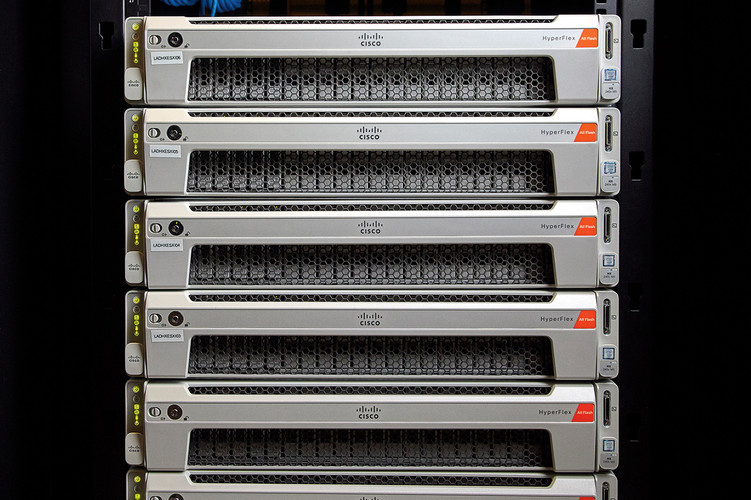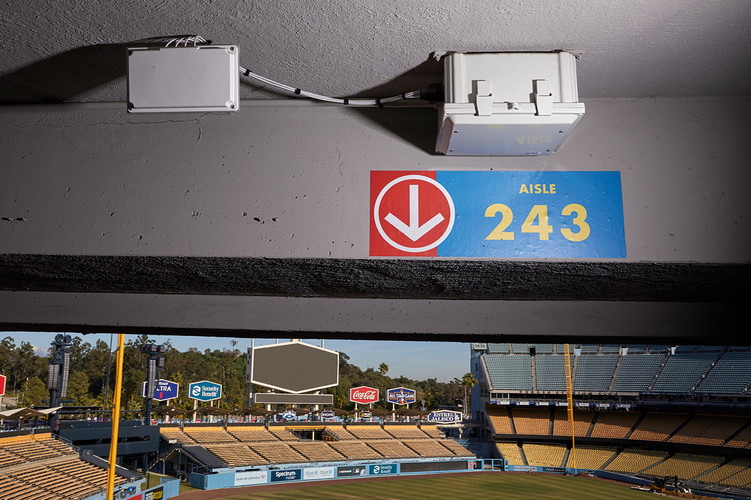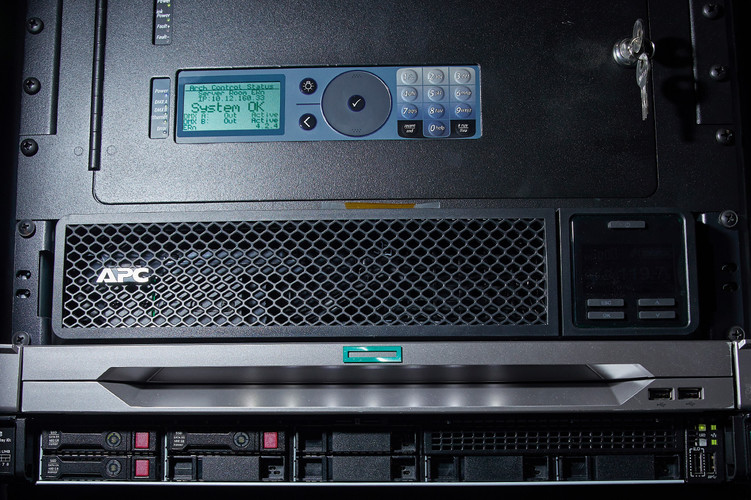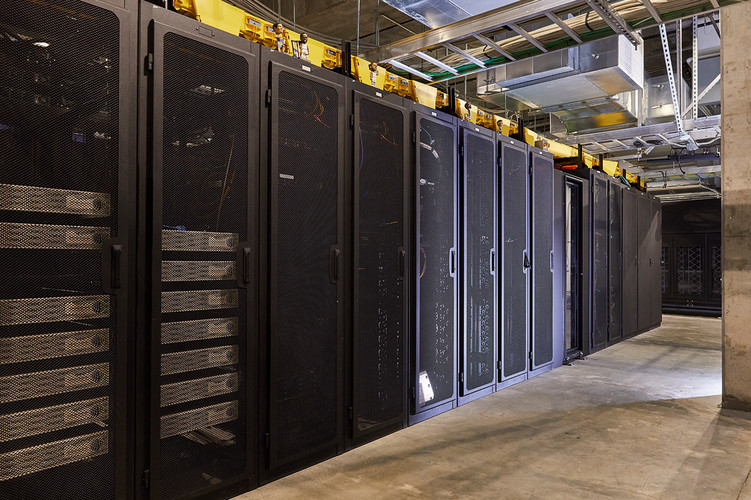Swing for the Fences With a Hyperconverged Infrastructure
The Dodgers implemented Cisco HyperFlex hyperconverged infrastructure with Intel Xeon Scalable processors and Intel Optane solid-state drives in the team’s data center. The team also installed Cisco Meraki smart cameras and wireless access points throughout Dodger Stadium.
All digital systems within the stadium, including ticketing, point-of-sale systems and digital media streaming, now run on the infrastructure, which Esquibel says has dramatically improved application performance while also shrinking the physical footprint of the team’s on-premises infrastructure.
The organization was able to shrink 40 nodes down to six, and retail transaction times improved “exponentially,” Esquibel says. “We use statistical models when we put on an event to better understand our data, and previously those jobs would sometimes take six hours to process. We got those down to less than 30 minutes after the upgrade, and we’re able to make decisions a lot more quickly based on the information that we’re seeing.”
This has a business impact on game day. Officials monitor cameras and analytics from a centralized command post, and they use the data to redeploy resources like security, ushers and portable concessions stands to where they’re needed most. This not only improves the fan experience, but also potentially increases revenue by capturing sales that might be lost if fans decide to return to their seats instead of waiting in long concession lines.
“As we start seeing fans arrive at any particular location, we’re able to make proactive changes to ease some of the congestion,” Esquibel says.
READ MORE: Learn how hyperconverged infrastructure can improve your on-premises data center.
Running a Full-Court Press With a Modern Data Center
When the NBA’s Golden State Warriors played in Oakland, Calif., the team didn’t have control of the IT infrastructure in its arena. “We always struggled with bandwidth,” recalls Brian Fulmer, senior director of IT. “Our Wi-Fi was never planned or built to meet the demand of 20,000 fans who all had their own devices. We would drive to the arena, and that would be the No. 1 thing on my mind: Is the Wi-Fi going to work tonight? It just never kept up with demand.”
Like the Dodgers to the south, the Warriors also struggled with a poorly planned data center infrastructure. “We had multiple systems, multiple vendors, different dashboards — things were just terribly inefficient,” Fulmer says. So, when the team moved to the Chase Center in San Francisco in 2019, it decided to create a modernized data center that would meet the team’s needs well into the future.
“The move gave us an opportunity to take a step back and look at everything with a clean slate,” says Daniel Brusilovsky, the Warriors’ vice president of technology. “We knew that technology was going to be a huge component of delivering the fan experience and the employee experience at Chase Center and across the organization.”
WATCH: Learn how a dynamic infrastructure can help optimize the user experience.
The team deployed HPE SimpliVity hyperconverged architecture in the data center and installed redundant Aruba 8400 series network core switches and Aruba 3810 edge switches. It also outfitted the new arena with Aruba Wi-Fi 6 wireless APs.
The flexibility and scalability of the new infrastructure has helped the organization to meet needs that fluctuate from event to event.
“Having the flexibility of a hyperconverged solution, it can contract when there are slow times, but it can also swell up and expand with the needs of the organization,” Fulmer says. “We’re able to quickly spin up virtual servers and then quickly shut them down.”
“Having that technology in the background that just works 24/7, we have that confidence and peace of mind knowing that we have a rock-solid solution that we can rely on,” says Brusilovsky. “Instead of worrying about the present, we get to dream about what’s possible in the future.”

















